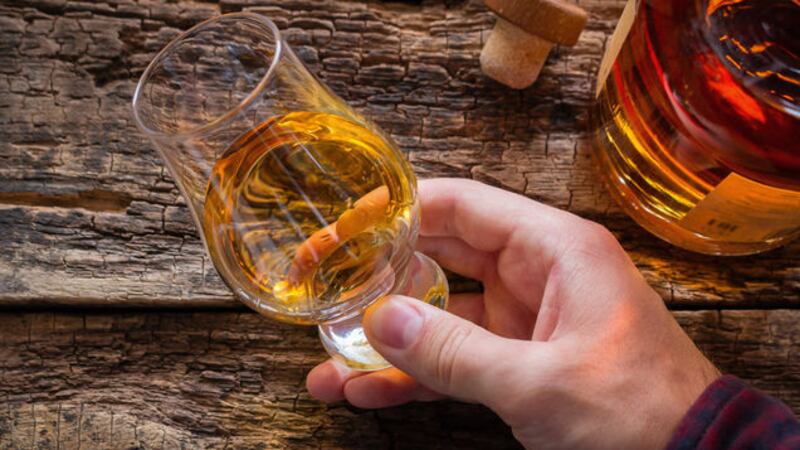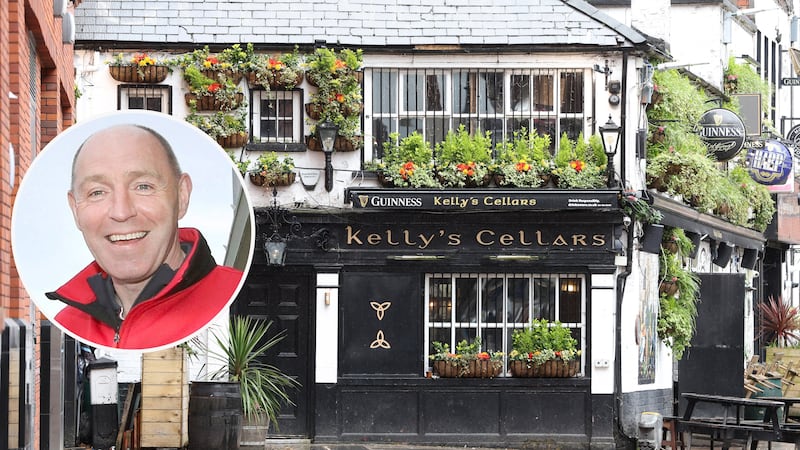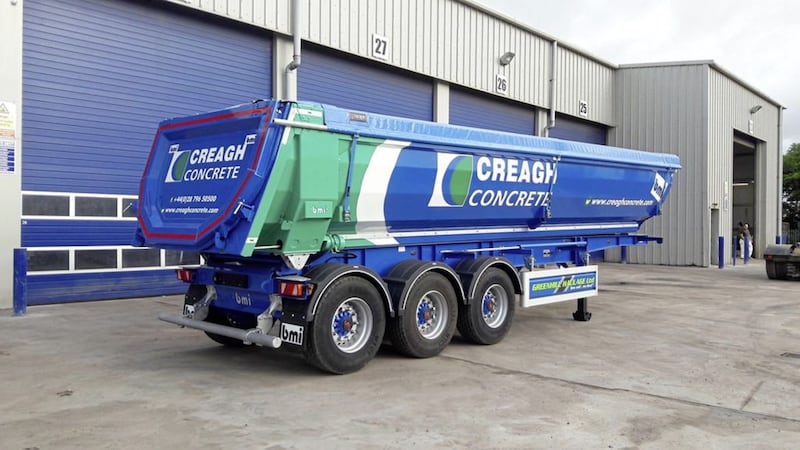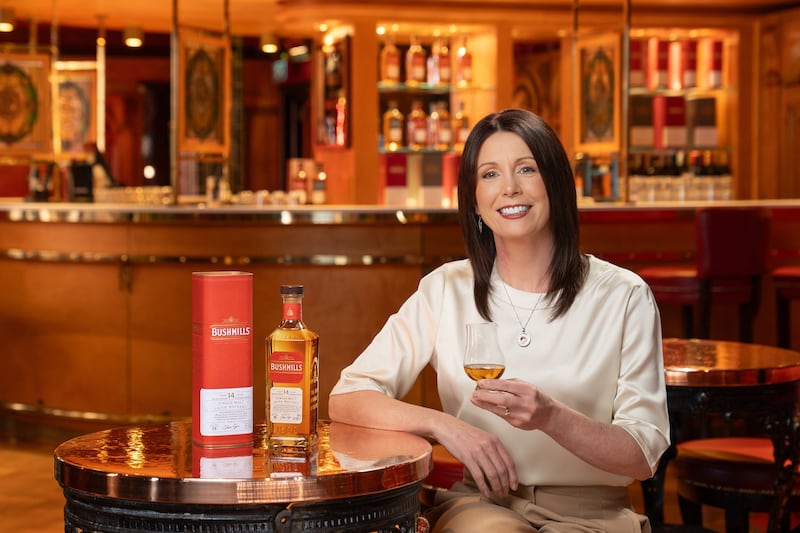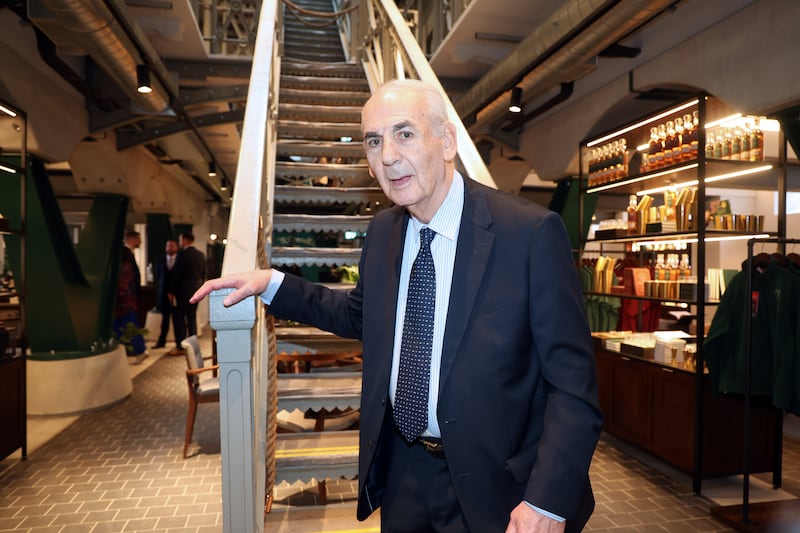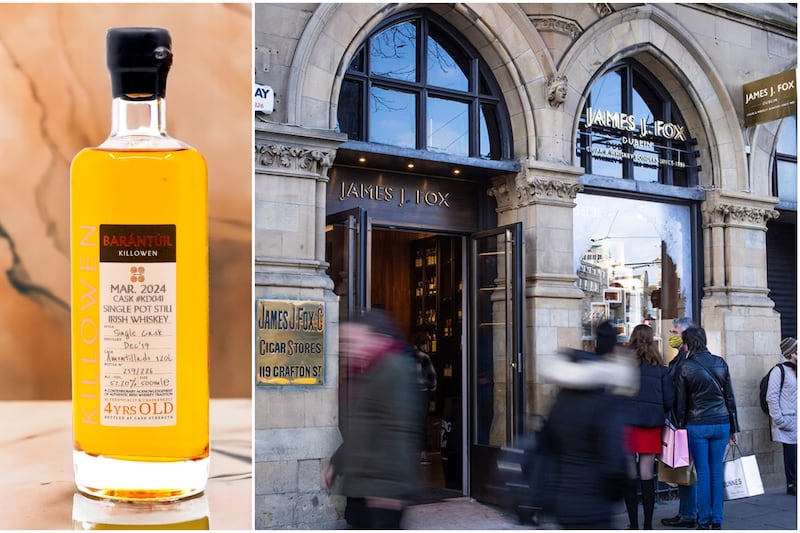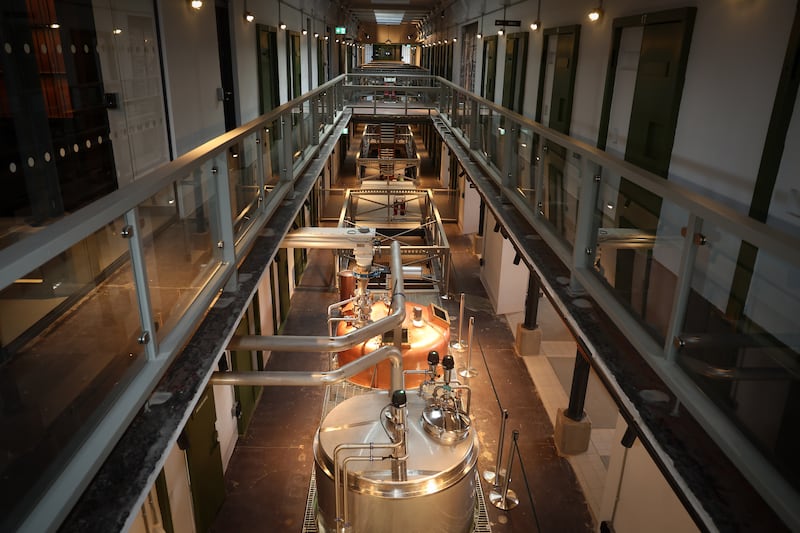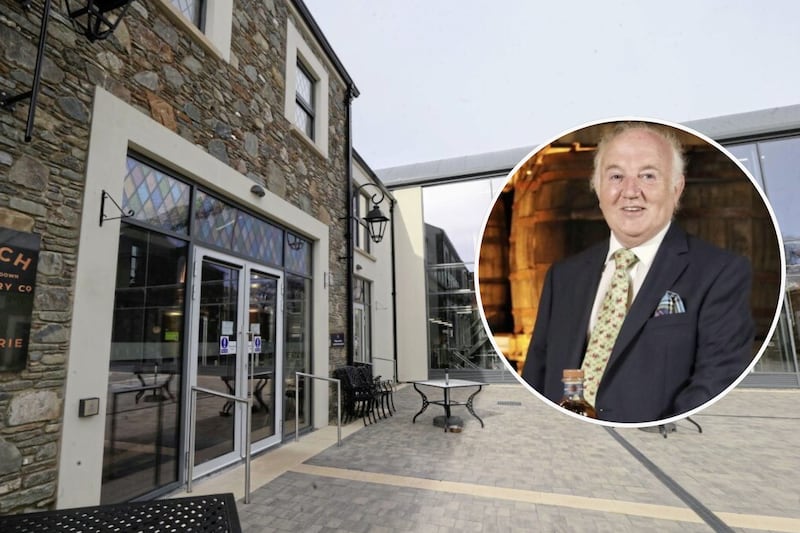THE Irish whiskey industry is on the up, with the number of distilleries across the island hitting a 120-high last year and sales expected to grow to 14 million cases this year. It is also gaining global recognition, with an Irish whiskey winning the highly coveted accolade of the world’s best single malt.
The comeback follows a turbulent 20th century which saw Irish whiskey fall from grace, losing 99 per cent of its market share, going from the biggest selling spirit globally to near collapse (production slumped from 12 million cases to less than 100,000).
But the industry has since picked itself up, and like the phoenix is rising from the ashes and beginning to spread its wings on a global scale.
Irish whiskey sailed into what turned out to be a perfect storm of disasters and shocks, which brought the industry crashing down to its knees. Back in 1914, Ireland was under British rule and the First World War broke out on the continent.
To help the war effort, barley - which is crucial to making Irish whiskey - was re-directed from distilleries to support the war effort and feed soldiers on the western front. This was coupled with the fact that German U-boats were patrolling the waters around the British Isles, making it far too dangerous for global exports.
It doesn’t stop there, because the Easter Rising led to many large Dublin distilleries closing as they were taken over by rebel forces. After the World War, production and exports were able to continue. Then in 1919 came the Irish War of Independence.
Just as things couldn’t get worse for the industry, prohibition came into force in the US, shutting off one of the major markets for Irish whiskey. Looking to make headway in the global market, the British then offered a parting gift to the new Irish Free State, banning exports of Irish whiskey to the Commonwealth, eliminating much of what was left of the global market. In turn this allowed Scotch whisky to flourish.
After all this turmoil, only four distillers survived in Ireland (John Jameson, John Powers, Cork Distillers and Bushmills). Hundreds of others had gone bankrupt.
Those remaining four Irish distilleries stayed local and avoided going global again, not actively challenging to reclaim the lost global market share. Merging the remaining few distilleries in Ireland into Irish Distillers (IDL) created a monopoly for over three decades. This gave them total control of every single drop of whiskey produced across all of Ireland. Production then grew to two million cases a year by the late 1980s.
The Irish whiskey industry slowly began to build its way back up when Pernod Ricard bought IDL in 1988. The new owners were eager to expand and invested in on the ground, employing salespeople who helped boost the Irish whiskey market by double digits annually.
And the industry is now primed to continue its growth to help reclaim much of its lost market share. Demand is rising among consumers, with drinkers increasingly choosing whiskey as their spirit of choice.
So what of the future of Irish whiskey? Well, in the US alone, the Irish whiskey market is worth over $1 billion. According to Bord Bia, exports are up 300 per cent and new markets in Asia are opening up, making it the fastest growing premium spirit in the world.
In 2020, some 14 million cases of Irish whiskey are expected to be sold – 700 per cent more than in 1990. The IWSR, the global benchmark for alcohol data and intelligence, is predicting it to outgrow scotch and all other whiskey categories for the next decade.
The growing popularity of Irish whiskey has now helped establish it as one of the highest-ranking luxury investment commodities. In 2019 whiskey topped the Knight Frank Luxury Investment Index, only surpassed by art, making investing in casks of Irish whiskey an attractive option, with typical returns ranging from 12 per cent to 20 per cent a year.
Historically this market has only been accessible to a select few, but it is now open to private investors.
I’ve always thought of Irish whiskey as liquid gold - and it's great to see consumers and investors around the world turn their heads back towards it.
:: Jay Bradley is co-founder of Whiskey & Wealth Club
